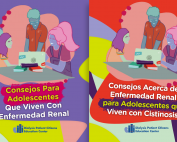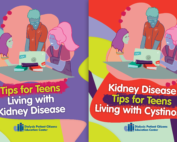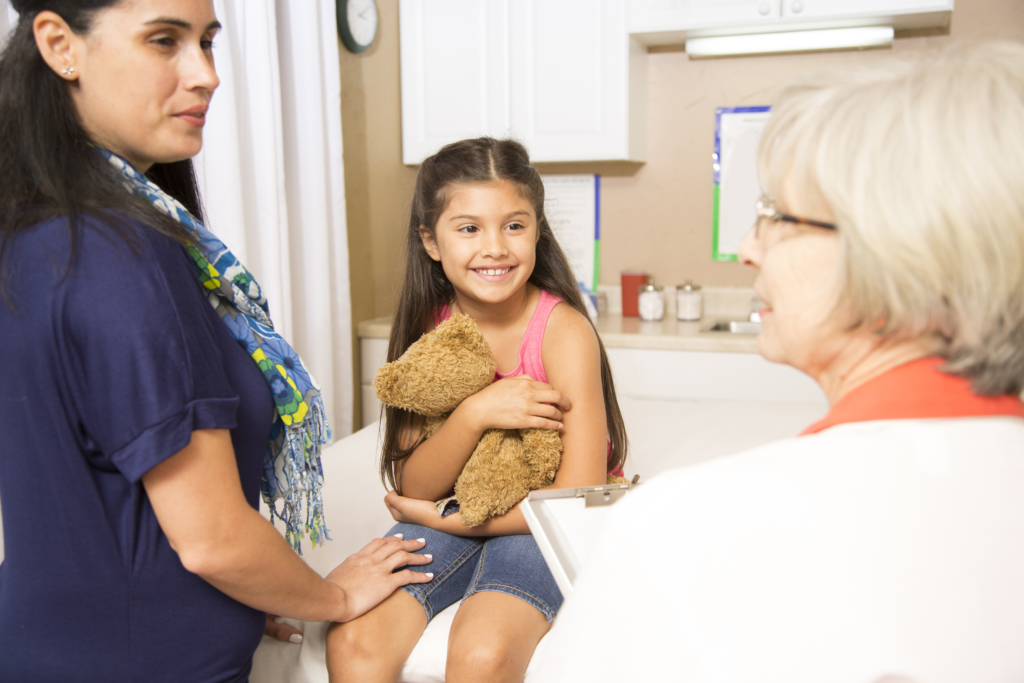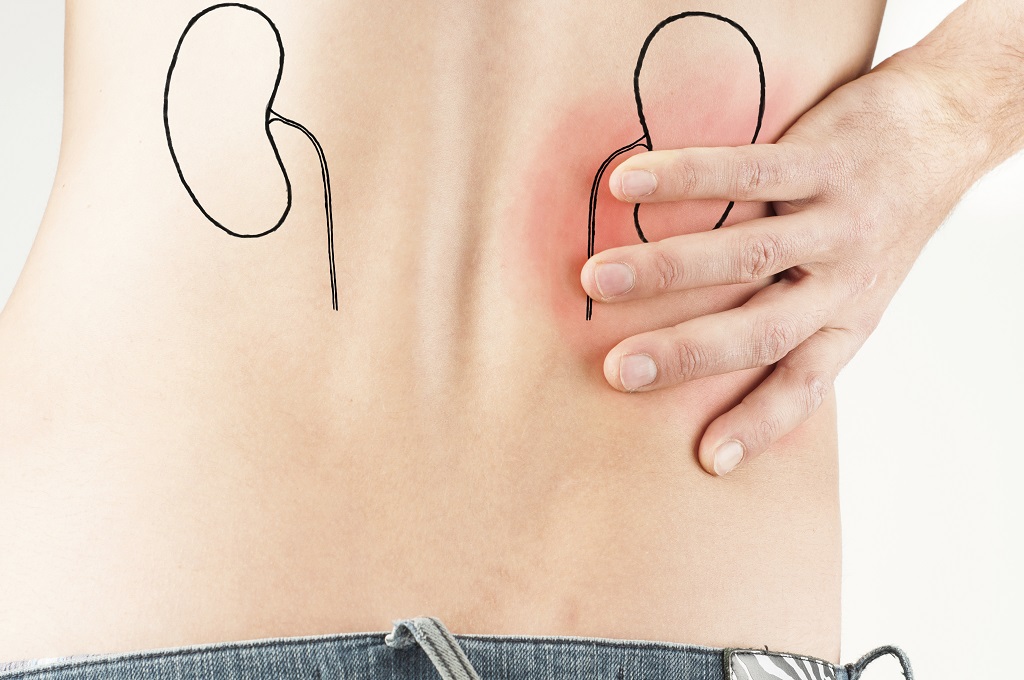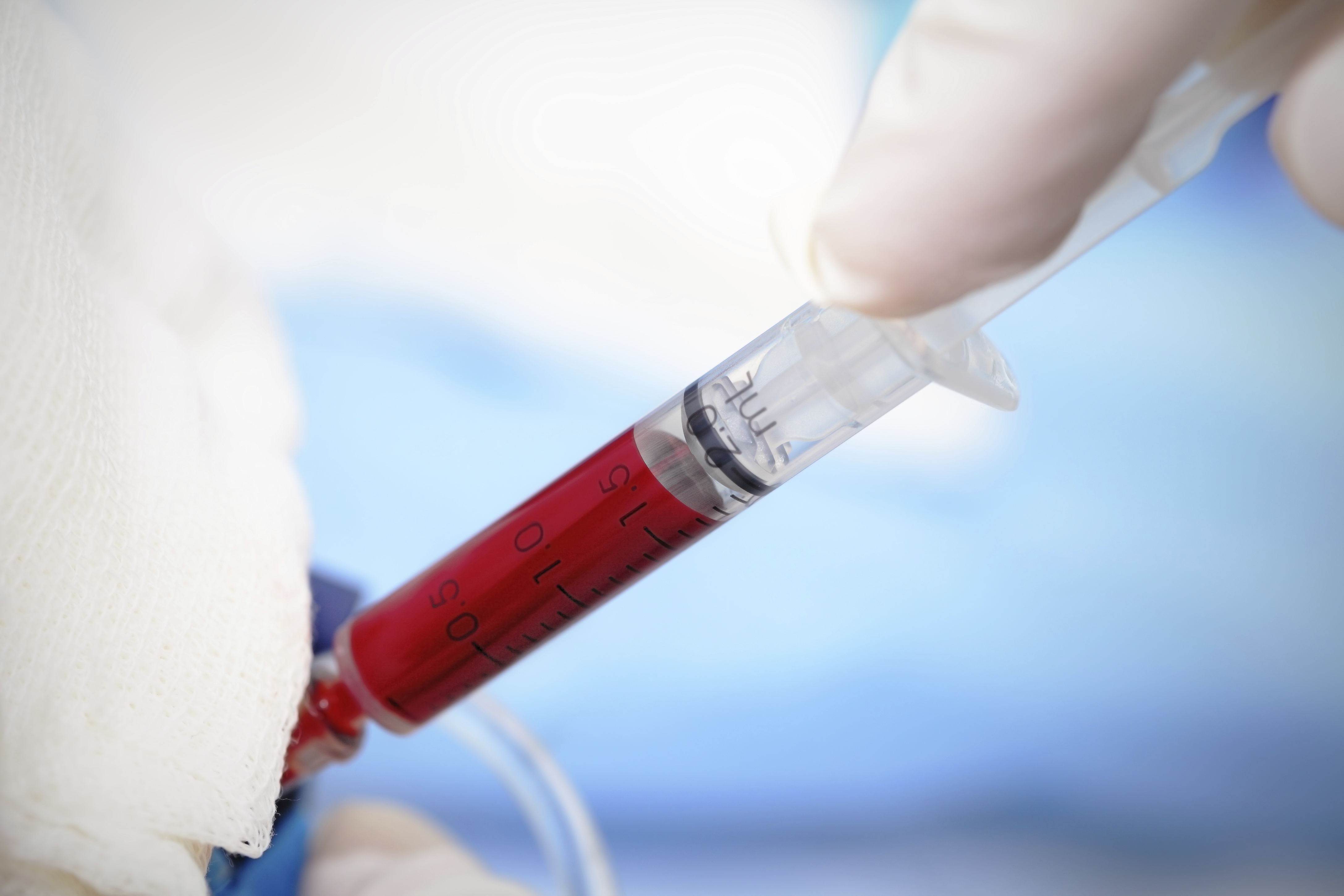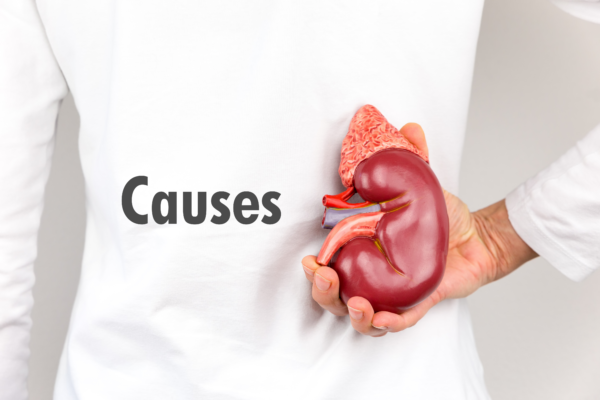Pediatric Kidney Disease
 Kidney disease often goes undetected in the general population, but children and adolescents are at an even greater risk due to the nature of the causes of the diseases and the ambiguity of the symptoms. In adults, 90% of cases are related to glomerular-based renal disease caused by diabetes, hypertension and glomerulonephritis, which cues physicians to suspect kidney disease. In children, 70% of CKD is associated with tubulointerstitial disease and lack the obvious symptoms such as hematuria (red blood cells in the urine), hypertension (high blood pressure) or edema (swelling). Adding to this difficulty, children might not be aware of some of the changes that are impacting their body and will not always let their parents know of potential issues.
Kidney disease often goes undetected in the general population, but children and adolescents are at an even greater risk due to the nature of the causes of the diseases and the ambiguity of the symptoms. In adults, 90% of cases are related to glomerular-based renal disease caused by diabetes, hypertension and glomerulonephritis, which cues physicians to suspect kidney disease. In children, 70% of CKD is associated with tubulointerstitial disease and lack the obvious symptoms such as hematuria (red blood cells in the urine), hypertension (high blood pressure) or edema (swelling). Adding to this difficulty, children might not be aware of some of the changes that are impacting their body and will not always let their parents know of potential issues.
A potential indicator of pediatric kidney disease is family history of kidney disease. A genetic-related disease is much more common in children than in adults. Decreased amniotic fluid in a pregnant woman is a common symptom that the baby may have polycystic kidney disease. If there is family history of kidney disease, it is important to let the pediatrician/family doctor know about the genetic conditions.
Common Symptoms for Children
Looking at the list of common symptoms it is easy to see how CKD can go undiagnosed. Parents may want to keep a list of the symptoms the child has as well as how often they happen and how long they last. Parents can encourage their child to talk to them when they don’t feel well. Parents can then follow up with the pediatrician or primary care physician.
Related Information
ESRD Teen Booklets Are Now Available in Spanish
Our two popular booklets, "Tips for Teens Living with Kidney Disease" and "Kidney Disease Tips for Teens Living with Cystinosis" are now available for download in Spanish. These booklets provide information for teens who learn [...]
Reflections from 45 Years on Dialysis
By Jack Reynolds, DPC Board Member I have survived on in-center hemodialysis for the last 45 years. I have also received Medicare for all those years to pay for most of my dialysis and other [...]
New Resources for Teens
These booklets were developed for tweens and teens who learn their kidneys are not working and they will need dialysis or a transplant. The booklets provide a brief overview of coping with kidney disease, being [...]
Survey: Seeking Advice from Parents of Children with Kidney Disease
The DPC Education Center is developing an online program to serve as a resource for parents of children with kidney disease. In order for this program to be successful, we need the guidance of parents [...]
Childhood Chronic Disease: A Family Affair
Here are the top 10 ways family members can be supportive when a child has a chronic condition.
Input Needed for Pediatric CKD Booklet
The DPC Education Center is developing a pediatric booklet for tweens and teens about having kidney disease and its treatment. If you have been living with kidney disease since childhood or are a parent of [...]

